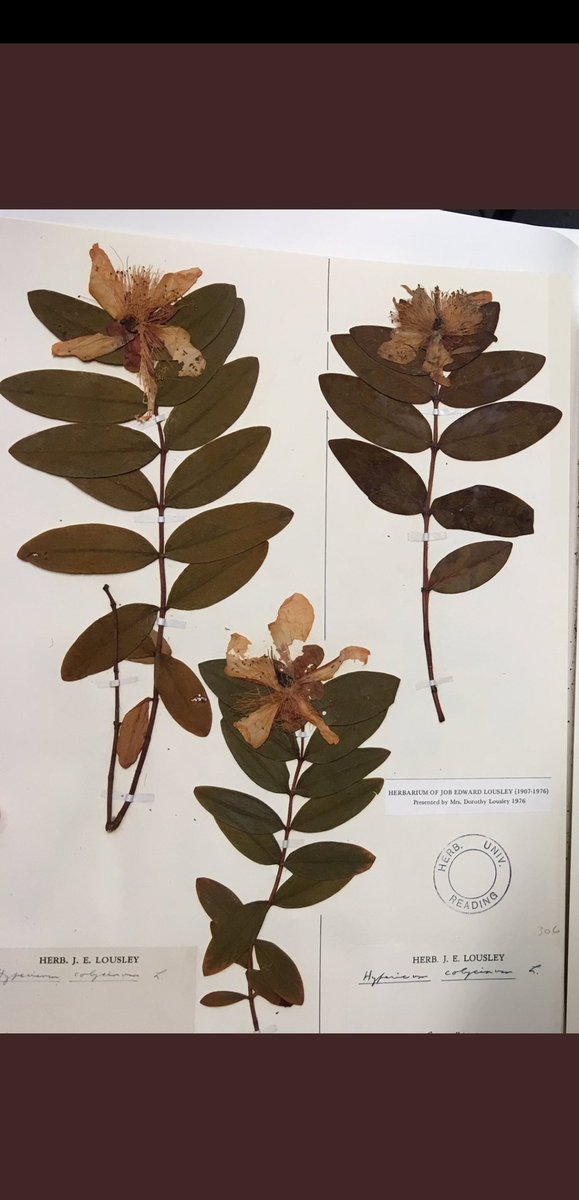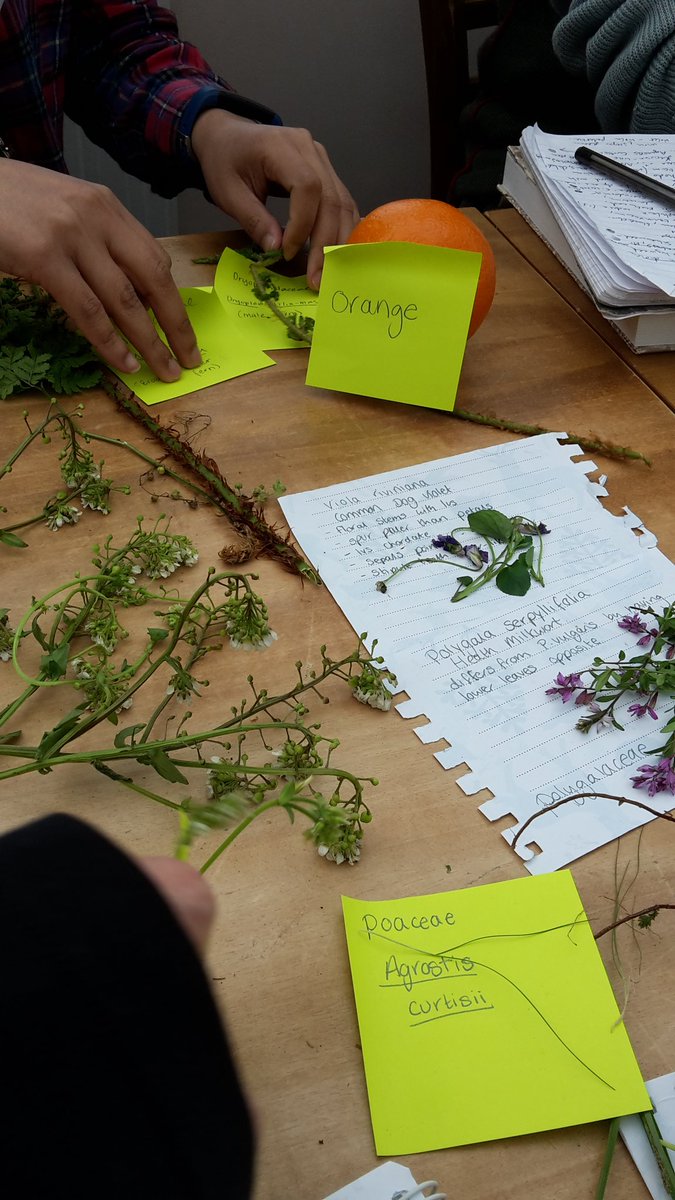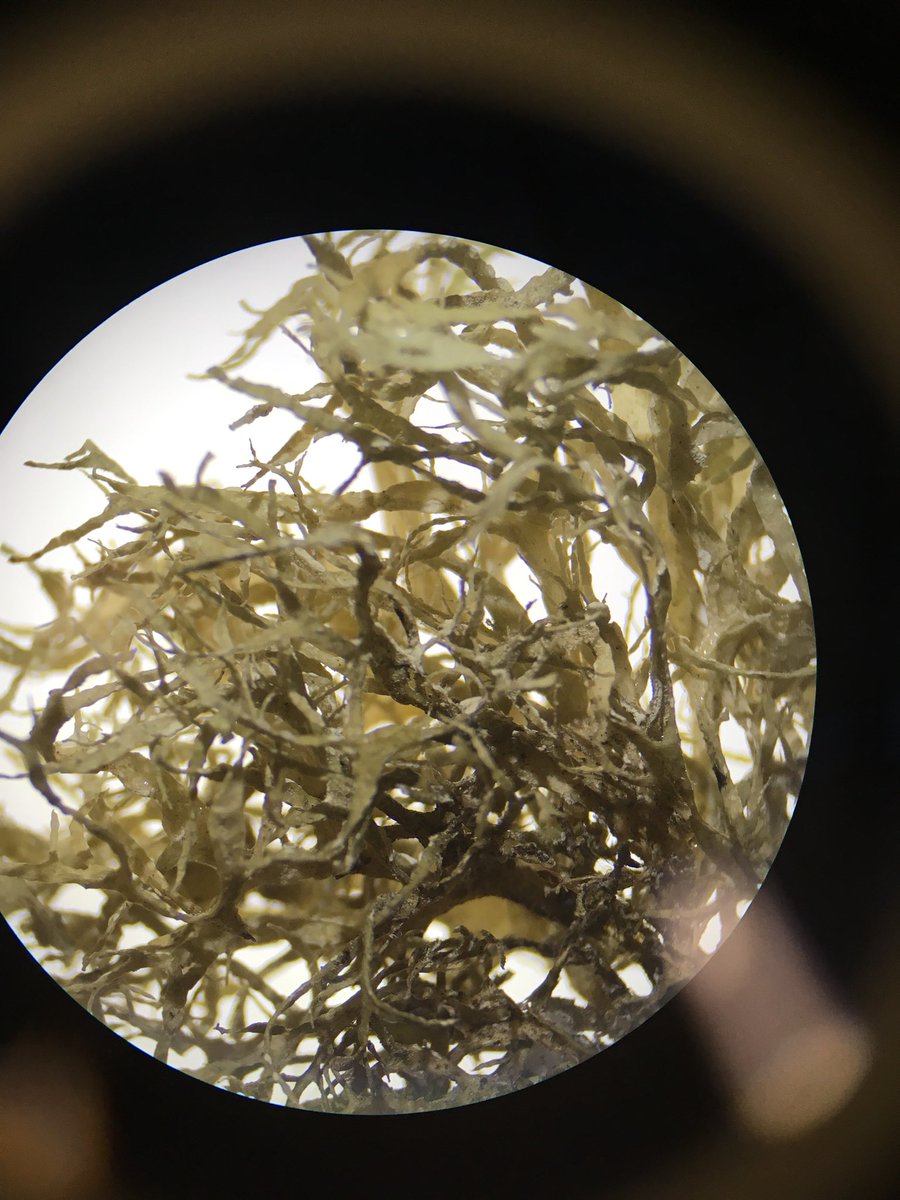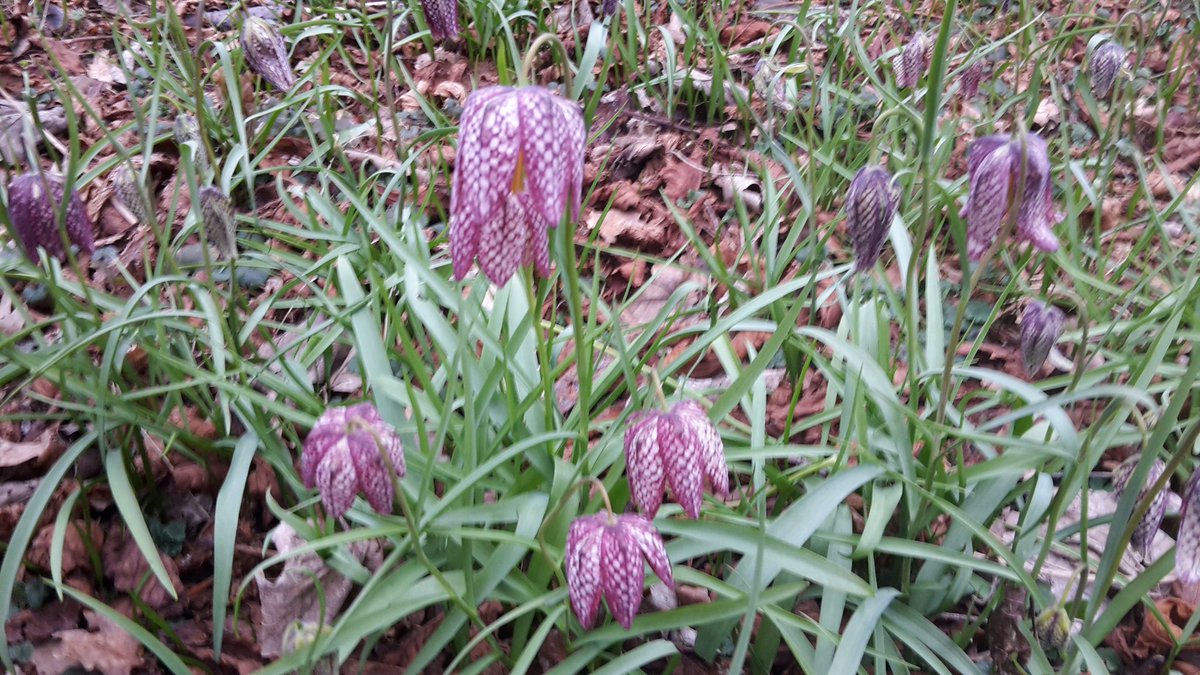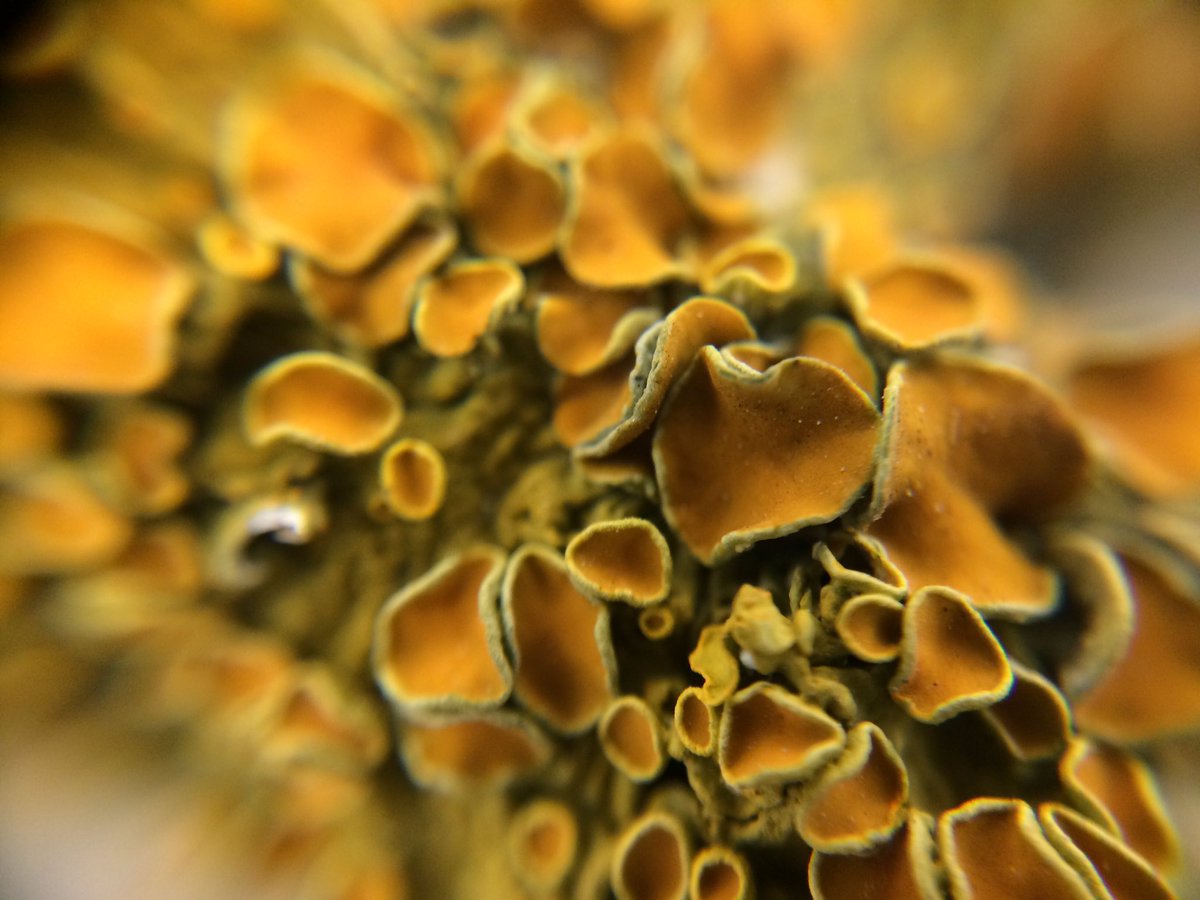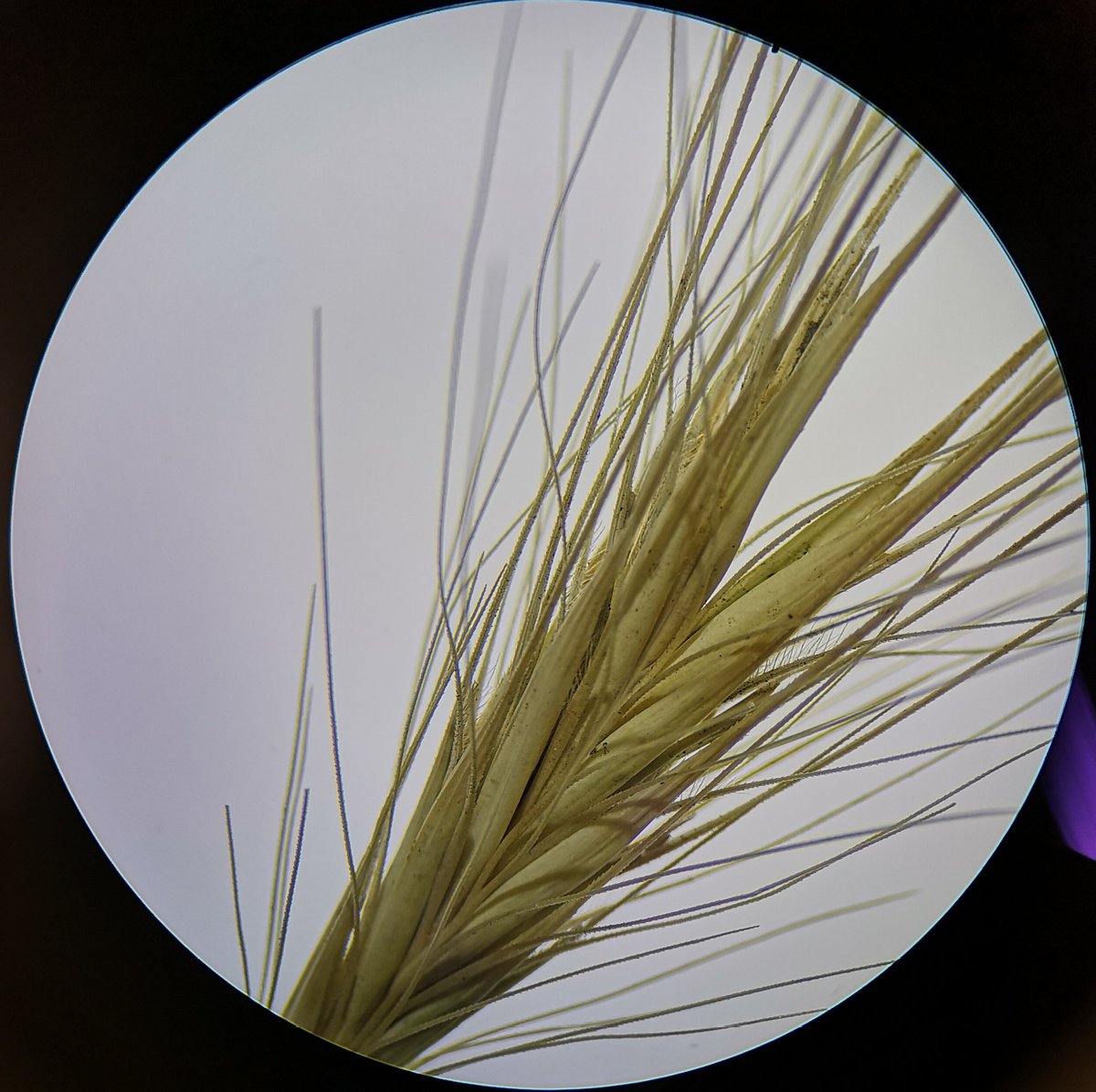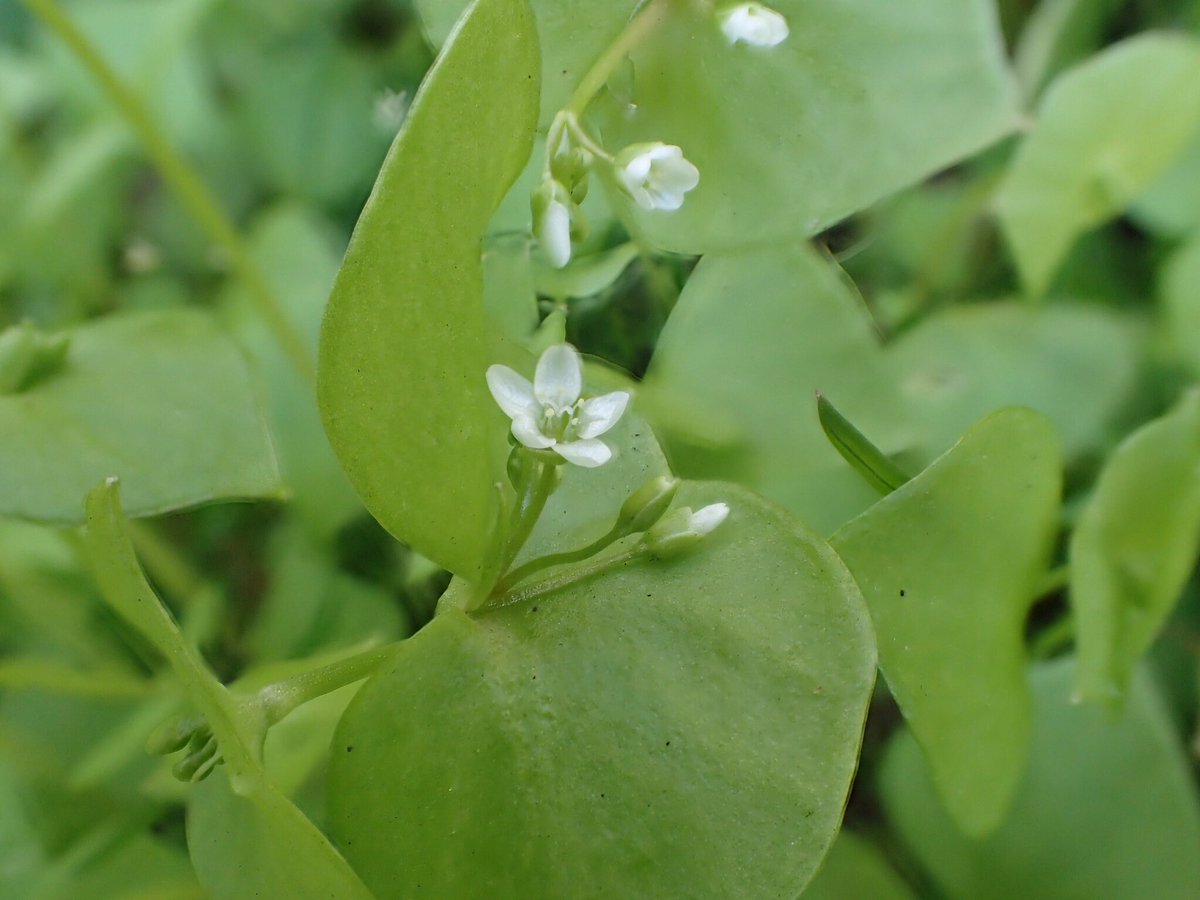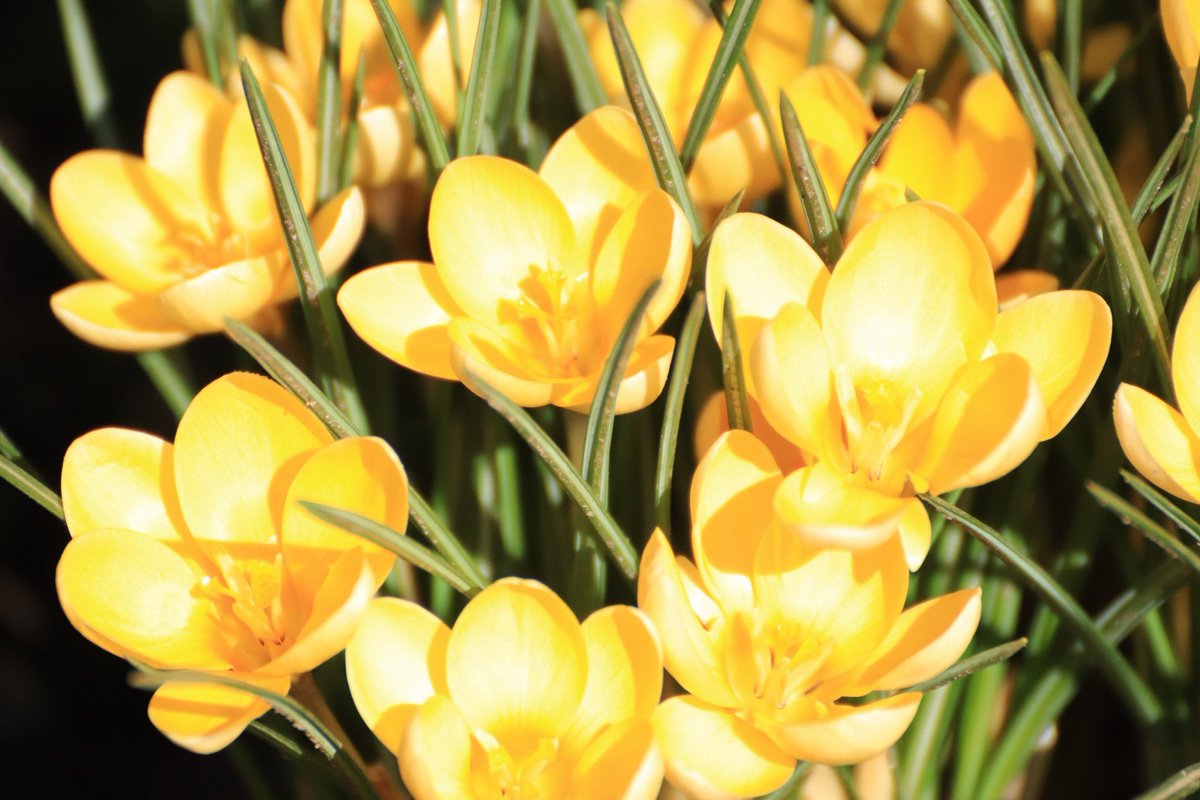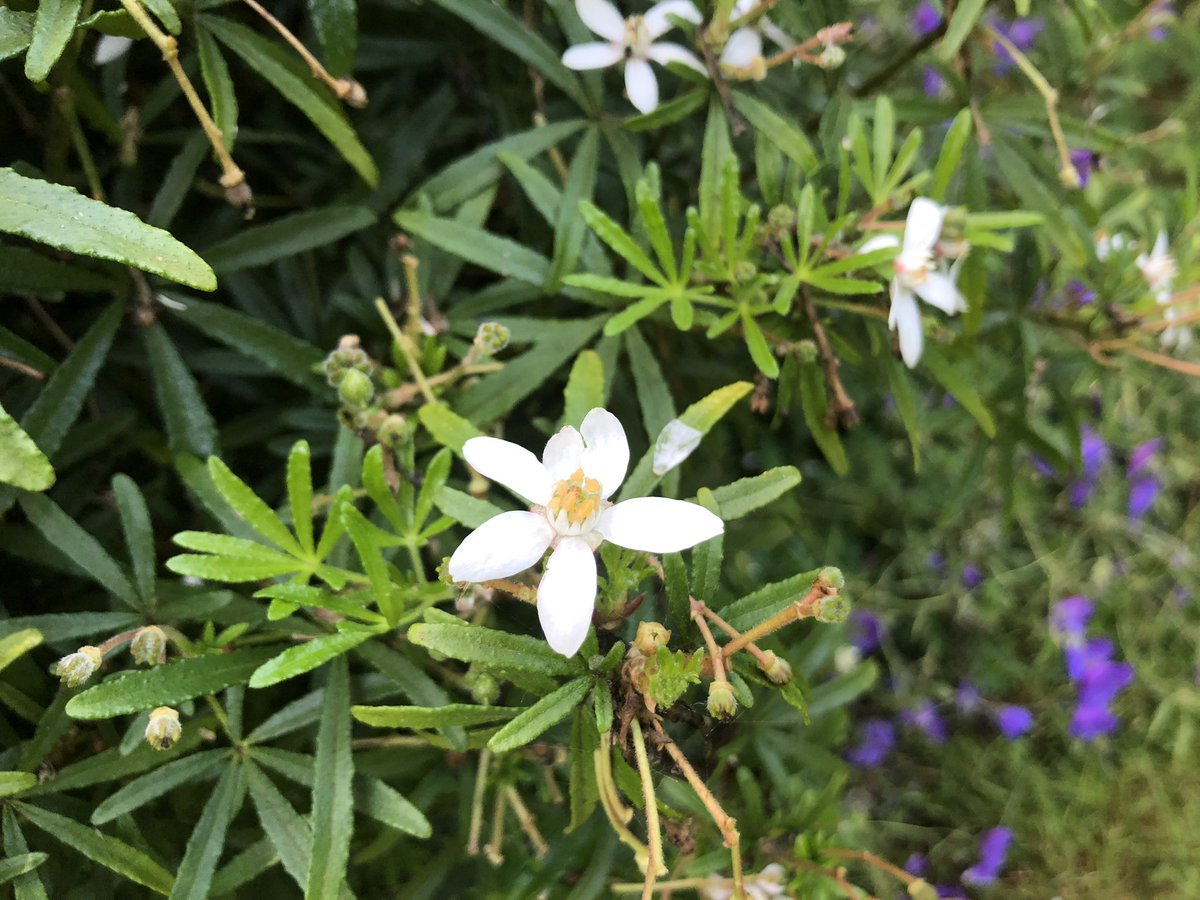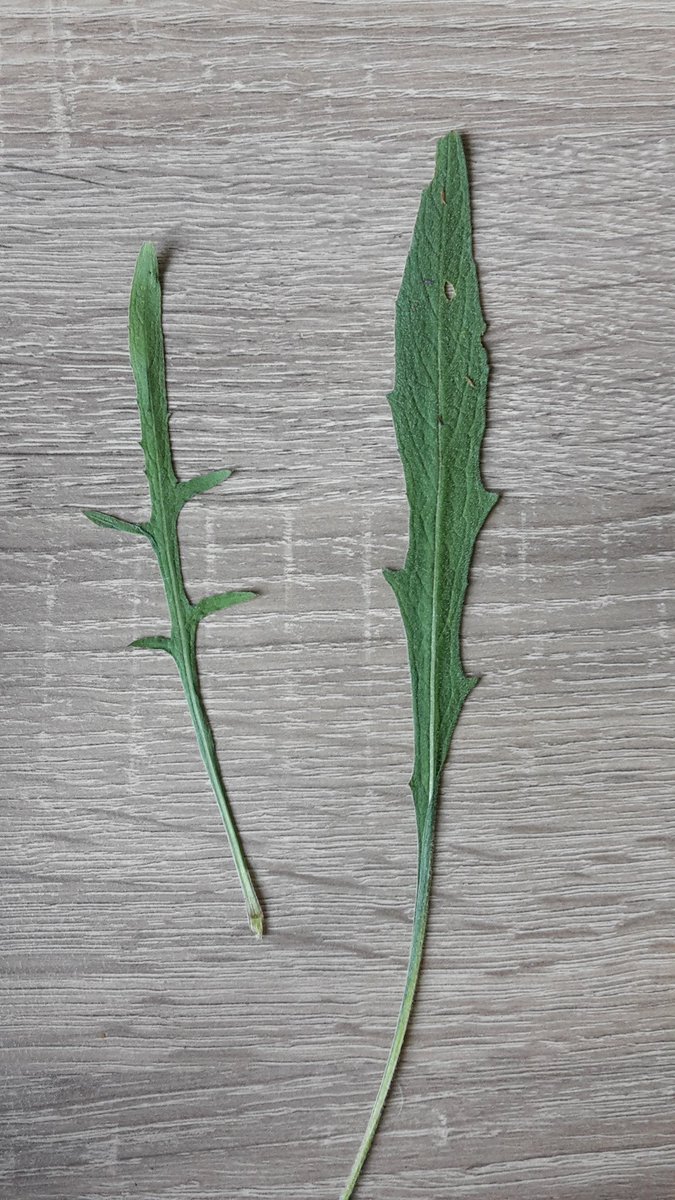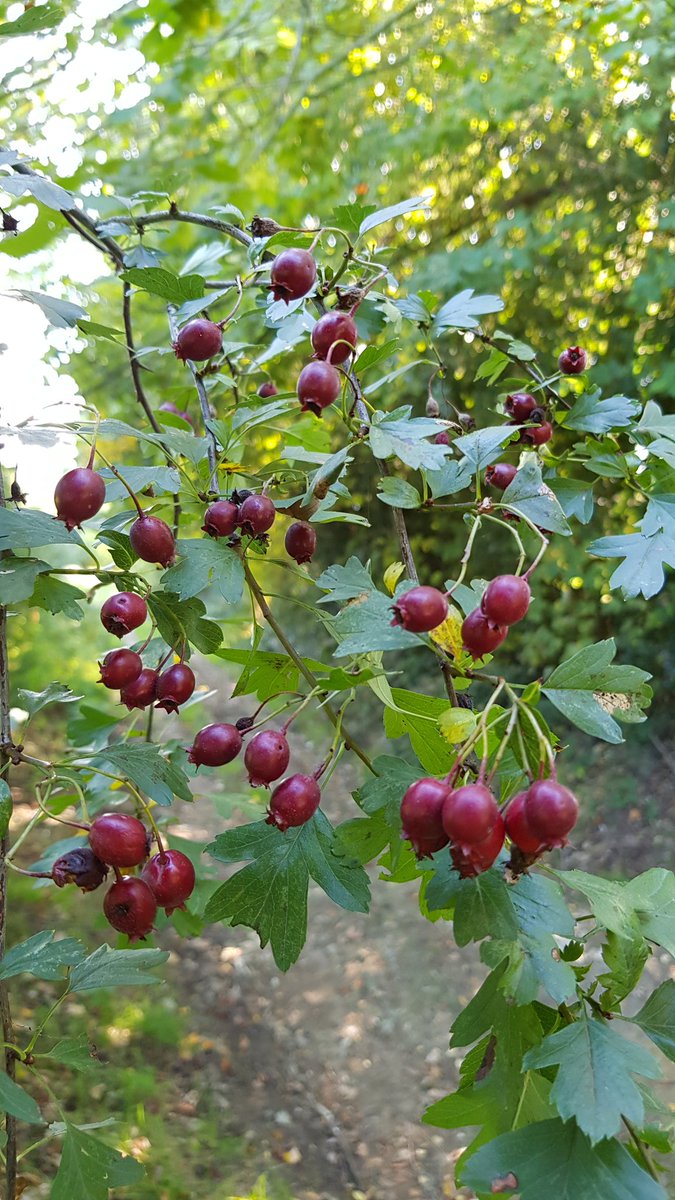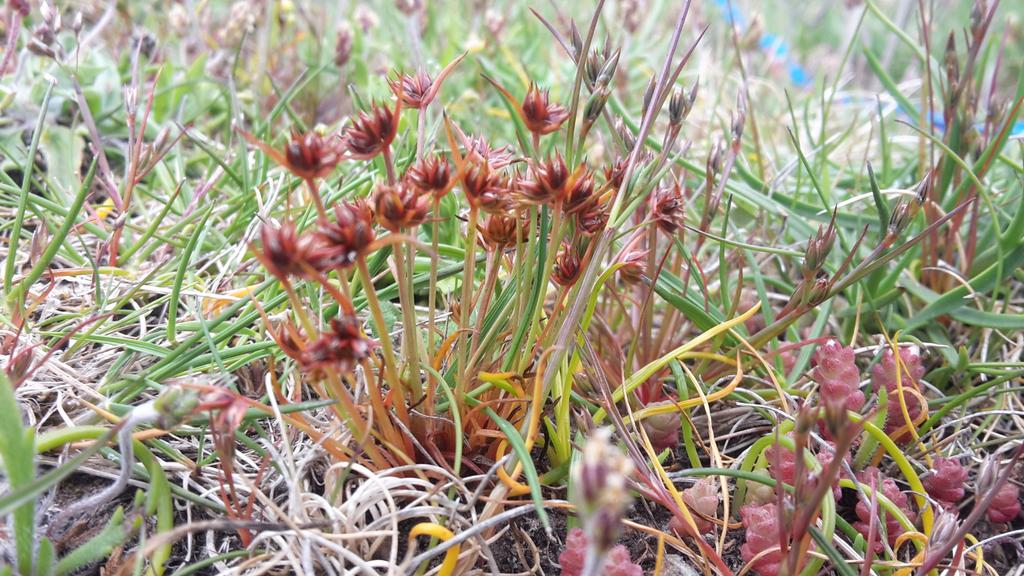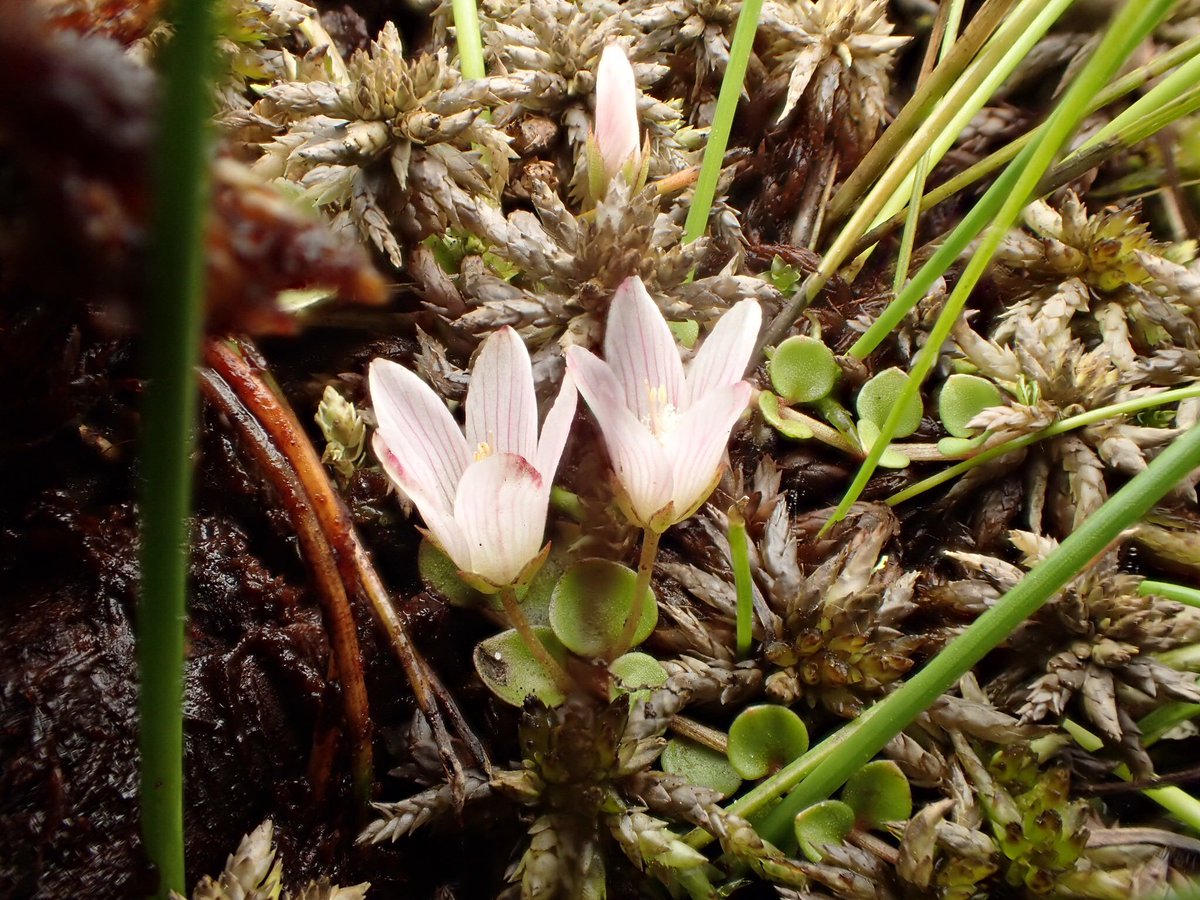



Take your lecturer to the Eden project and they'll either get strangled by Vitaceae, fall asleep with a Restionaceae mustache or get very excited over a large Poaceae leaf #edenproject #MScPlDiv #botanybus
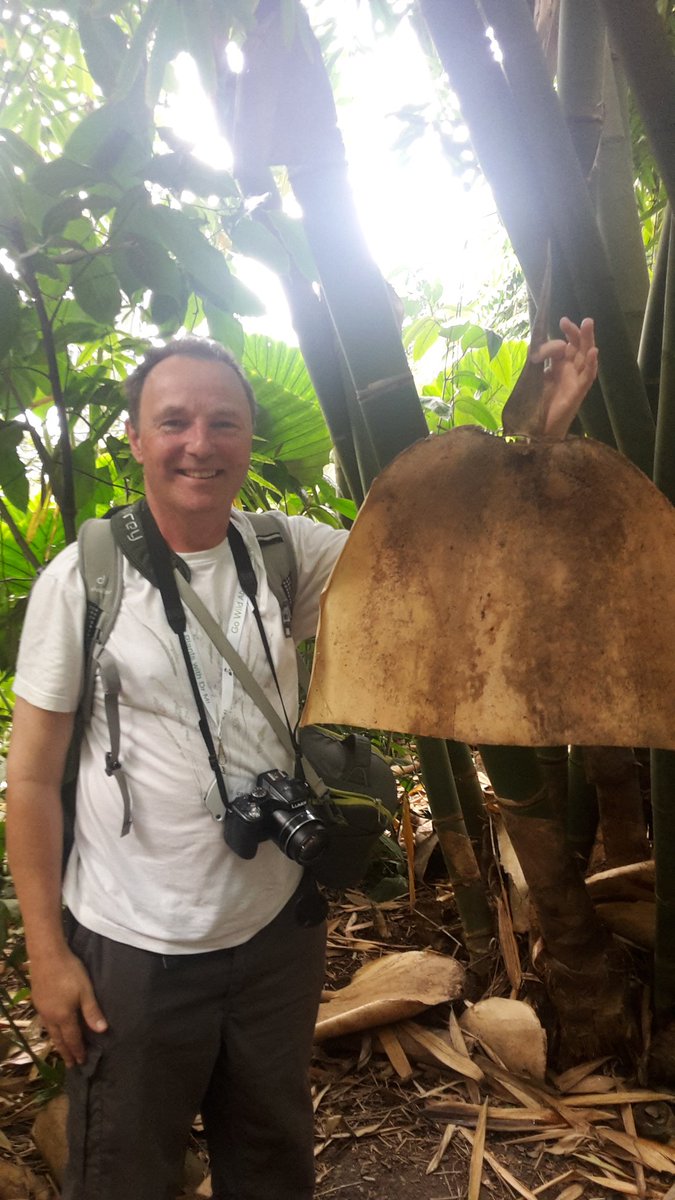







A slightly more than scruffy looking Green Winged Orchid (Anacamptis morio) from our field trip. Poor thing had nearly been mown to death #wildflowerhour #MScPlDiv #botanybus2018 #cornwall #orchids
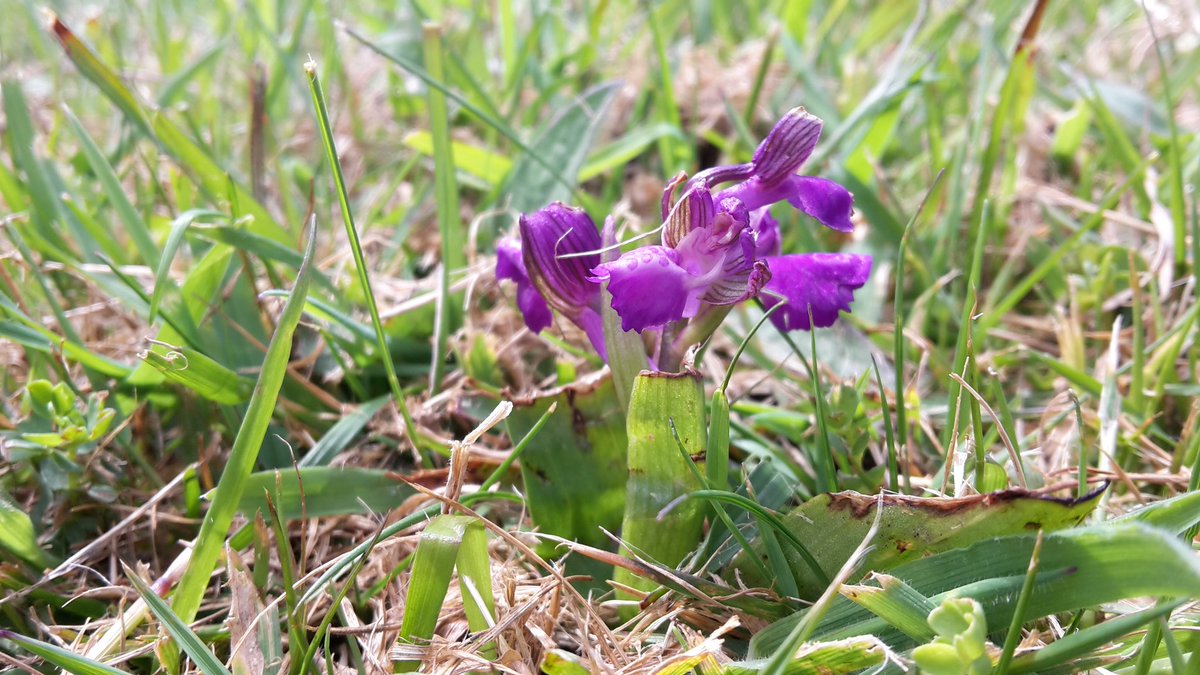

Paulownia tomentosa - ticks all the boxes for the botanically-minded percussionist. #MScPlDiv #trees #percussion #treadingonthings




Calling gardeners! Please complete my questionnaire about garden plants & what they do for us! Should take <10 minutes which will help my Uni of Reading #MScPlDiv research project supervised by Dr M still going wild! & Dr Tijana Blanusa follow the link - thank you! reading.onlinesurveys.ac.uk/questionnaire-…
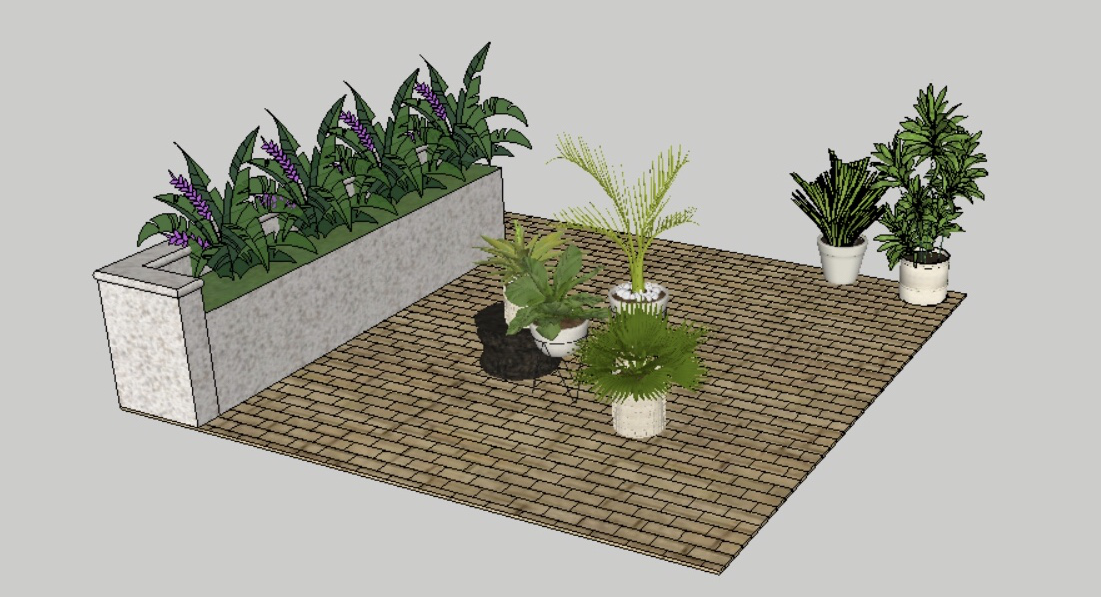

Today we identified features of the common UK plant families with Dr M still going wild!. Here are examples of Ericaceae, Asteraceae and Fabaceae. Plants really are beautiful ☘️🌸🌱 #MScSISS #MScPlDiv #botany #plantscience
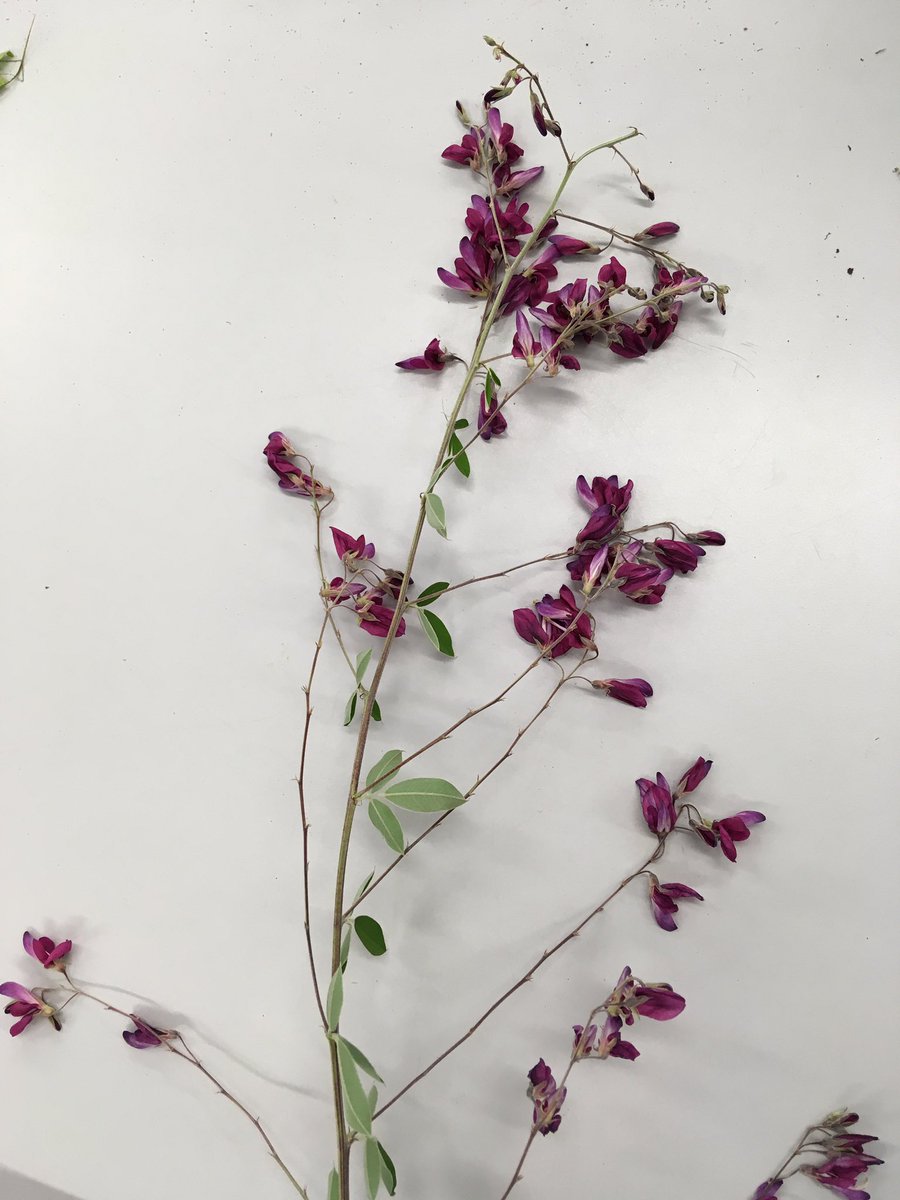

It's the little things that make us unique and this is certainly true of some ferns! One of the defining characteristics of the Polystichum genus (on the left) is it's mushroom shaped indusium, whilst the kidney shape indusium defines Dryopteris
#MScSISS #MScPlDiv Dr M still going wild!
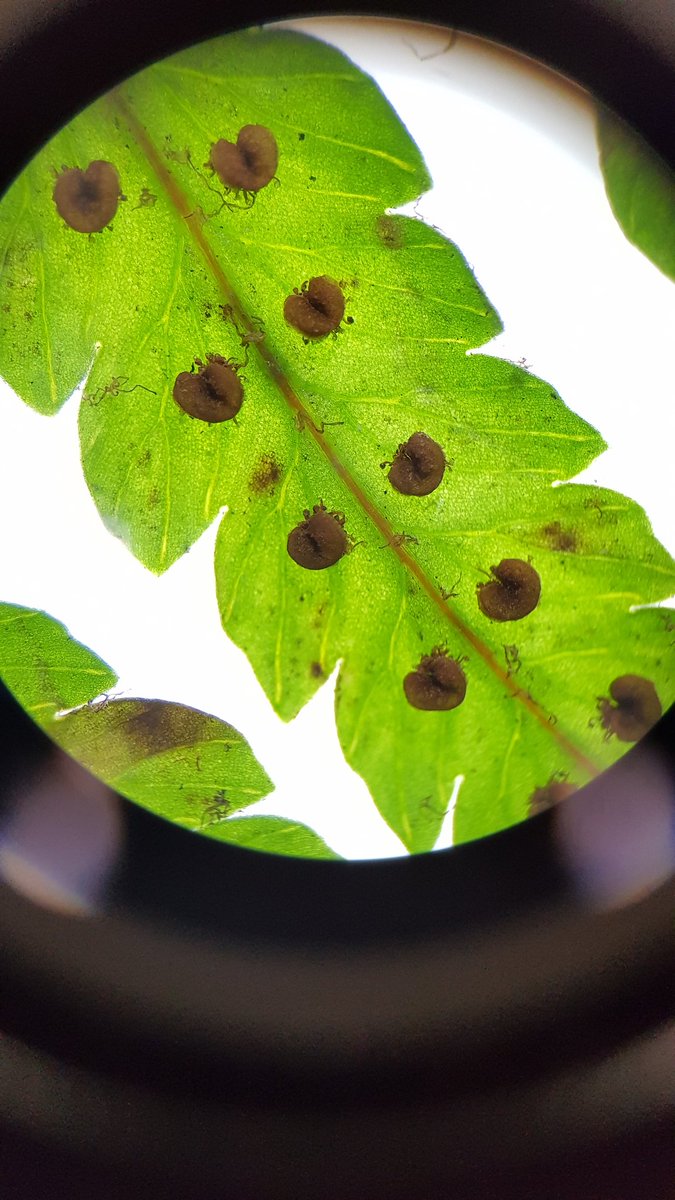


The common names of plants like to trick the unsuspecting botanist, today we looked through the RNG Herbarium at 'roses'. The Rose of Campion (L) is actually a Caryophyllaceae whilst the Rose of Sharon (R) is actually a Hypericaceae 😮 #MScSISS #MScPlDiv Plant Diversity at UoR
